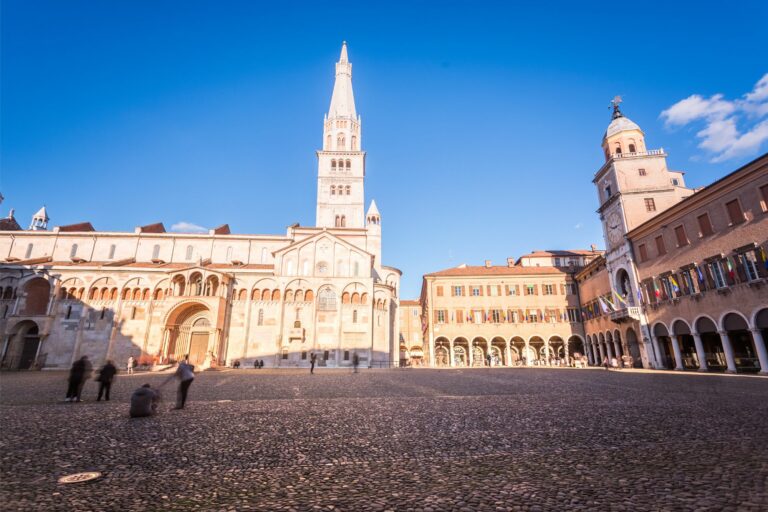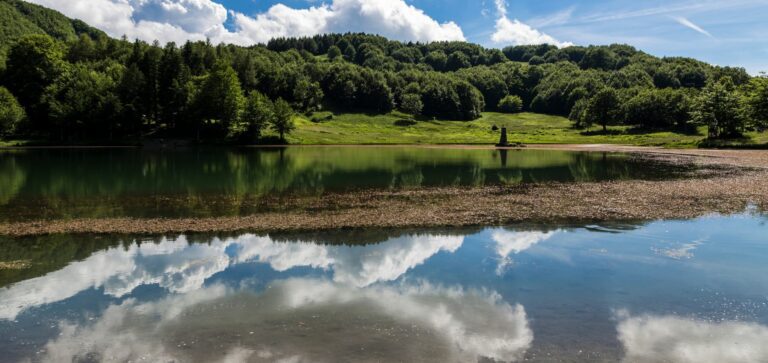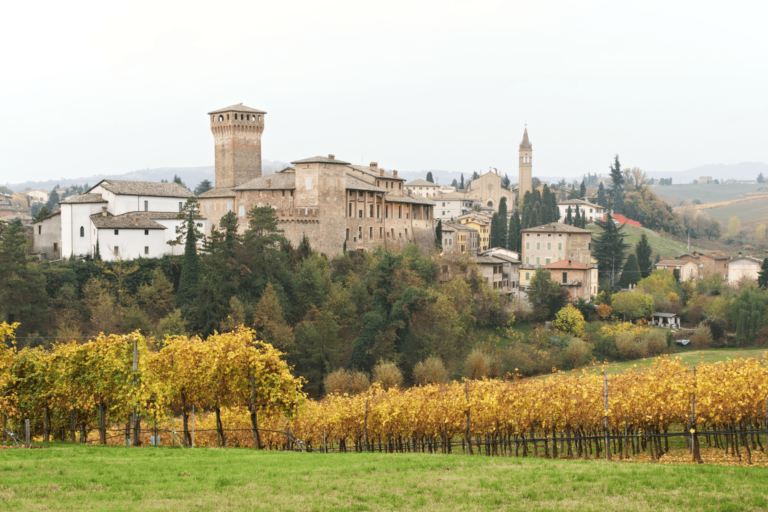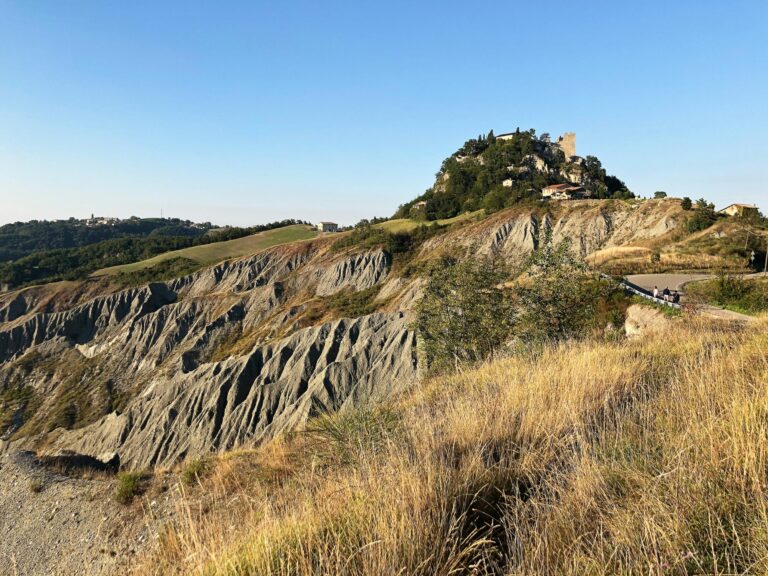In Emilia, in the territory between the provinces of Reggio Emilia, Parma and Piacenza, there are particularly fascinating places that evoke the events of great women who over time have marked the history of these lands. Starting from Reggio Emilia, the itinerary leads to the discovery of wonderful castles towering in ancient villages, on rocks or surrounded by woods and gardens.
One of the most important protagonists of the Italian Middle Ages was undoubtedly Matilda of Canossa, whom we have already talked about in Sentiero Matilde, a journey through Italian history. An authoritative feudal lady close to the Papacy during the period of the struggle for investiture, the countess had placed the political and military center of her immense fiefdom in the heart of the Reggio Emilia Apennines, at a time when women were considered of inferior rank. The most famous of the Matildic castles is the Castle of Canossa, the ruins of which can be visited, as well as the small “Naborre Campanini” Museum, inside which are kept some valuable artifacts. This is where Emperor Henry IV obtained the lifting of his excommunication from Pope Gregory VII thanks to the intercession of Matilda of Canossa.
The countess’ most beloved castle, however, was the Castle of Carpineti, also known as the Castle of the Carpinete. Located on the summit of Mount Antognano from which it dominates the Tresinaro and Secchia valleys, the castle is the highest of the Apennine fortresses, and probably the safest. Another residence linked to her figure is the Castle of Bianello, home of her mother Beatrice of Lorraine and the place where she was crowned deputy queen of Italy by Emperor Henry V. The only Reggio Emilia fortification to have come down to the present day completely intact, the castle is deeply linked to the figure of Beatrice as it was she who bought it in 1044, ruling with her second husband, Duke Goffredo of Lorraine, over a vast territory.
Instead, in the village of Rossena, on a volcanic cliff, is the Castle of Rossena with the tower of Rossenella, in whose rooms still dwell the ghosts of an ancient legend whose story is linked to Everelina, the daughter of a vassal of Matilda, who, in order to avoid marriage to a man she did not love, chose to die by throwing herself into the cliff. In more recent times, other women such as the Duchess of Parma Maria Luigia and Princess Adelgonda of Bavaria have left their mark on the castle.
Linked to the figure of Maria Bertolani Del Rio, a physician, scientist and historian from Reggio Emilia in the late 19th century, is Sarzano Castle in the municipality of Casina, whose vicissitudes she first studied. Born in 1892, she was the inventor of Ars Canusina, a particular form of artistic craftsmanship typical of Emilia that was born in the 1930s and aimed to take up the typical stylistic features of Romanesque art from the Matildic period, to which a room on the second floor of the keep is dedicated. Positioned on the top of a hill above the town, Sarzano Castle was also part of the matildic defensive structure.
Moving into Parma territory, in Sala Baganza stands the Rocca Sanvitale, a castle in which to relive the vicissitudes of Maria Luigia of Hapsburg-Lorraine, wife of Napoleon Bonaparte, empress of the French and duchess of Parma, Piacenza and Guastalla, who lived there with her two sons in the 19th century. Nestled in the foothills of the Apennines, the fortress played a major role in the defensive system of Parma’s castles. The evocative cellars and former icehouse are home to the Wine Museum, entirely dedicated to Parma wine, its history and culture.
Also in the Parma area, in the territory of Langhirano, stands out the Castle of Torrechiara, a romantic 15th-century manor house built by Pier Maria II de’ Rossi, known as the Magnificent and better known as Pier Maria Rossi, for his lover Bianca Pellegrini, whose love story is celebrated by the Camera d’Oro frescoed by Benedetto Bembo, a hymn to the very strong feeling that bound the two lovers. On the other hand, Barbara Sanseverino, wife of Giberto Sanvitale, lord of Sala Baganza, was responsible for the magnificent Italian garden of the Reggia di Colorno, an elegant and monumental architectural structure with more than 400 rooms, courtyards and courtyards.
Moving into the Piacenza area, we highlight the Castle of San Pietro in Cerro, an admirable 15th-century structure built by Bartolomeo Barattieri that owes its beauty to the contribution of 3 countesses: Maddalena Dolzani, Bianca Maria Scotti and Maria Teresa Zangrandi. Not to be missed are the 30 richly decorated and furnished rooms, all of which can be visited in their entirety, and the MiM – Museum in Motion, inside which is housed an extraordinary collection of more than 800 contemporary works, exhibited in rotation. In Vigoleno, a delightful village listed among “The Most Beautiful Villages in Italy,” stands Vigoleno Castle, which Duchess Maria Ruspoli de Gramont transformed from 1921 to 1935 into an extraordinary cultural salon, hosting such 20th-century cultural and high-society figures as Gabriele D’Annunzio and Max Ernst.
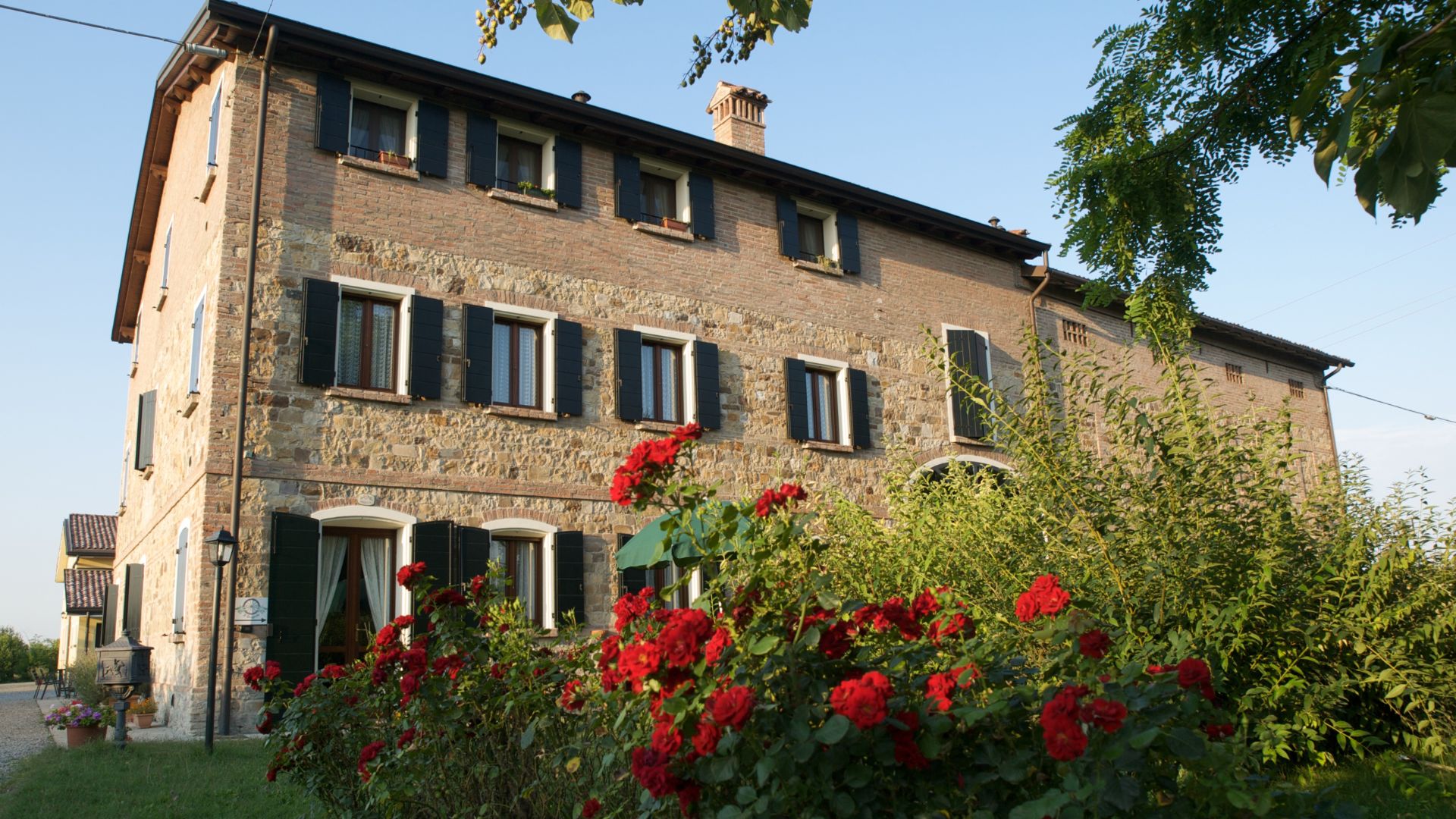
AGRITURISMO IL BRUGNOLO
Welcome to il Brugnolo
If you’re looking for completely independent apartments surrounded by greenery you really are in the right place here!
In fact, Brugnolo is immersed in the green nature of the Emilian countryside. For your relaxation, for that of your children, and again for the runs of your 4-legged friends, you will have 6000 square meters of park at your disposal!

